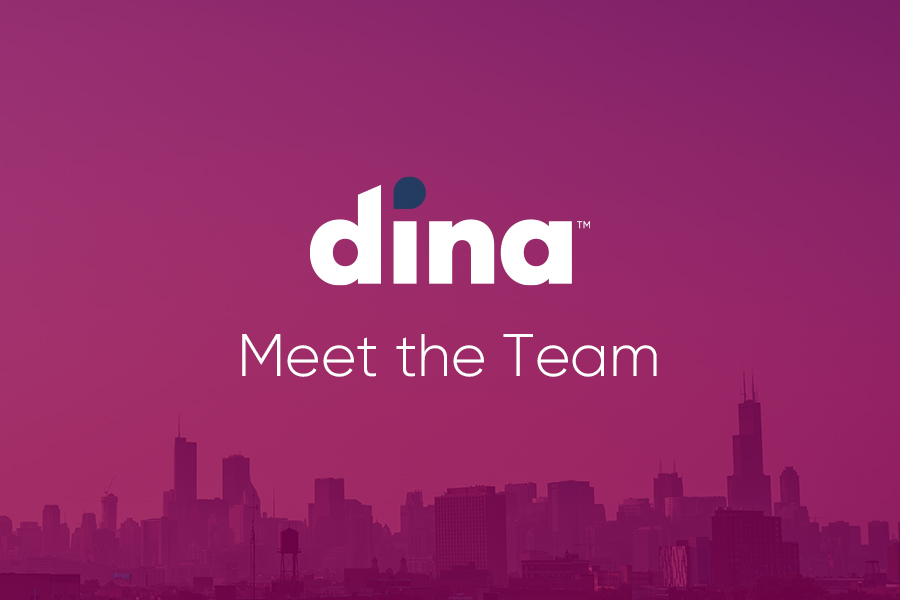
One silver lining to the pandemic is that more people are embracing digital health and the technologies needed to bring it to life. To that end, Dina is finding creative ways to remotely engage people in their homes and bring order to a fragmented ecosystem of service providers.
What makes it all work? “It has to be a great experience,” said Chris Kiess, Dina’s principal user experience designer. “This is one of our major design initiatives — enable better care and, ultimately, provide a better experience for both caregivers and patients. I can think of little more important than design that places our users front and center.” Here’s how he’s making it happen.
- What has helped accelerate technology adoption in the home?
We’ve seen firsthand that telemedicine and telehealth don’t have to be complicated. Remote patient engagement, for example, can be as simple as a daily SMS (text) message. When the pandemic hit, our customers were looking for solutions to protect their patients and caregivers, and lower the risk of transmission. We knew it had to be easy to use and not require a lot of training to get started. We developed a remote monitoring tool using SMS to screen for Covid symptoms. This was a pragmatic choice. It was the simplest solution for end-users and an efficient way for hospitals to remotely connect with caregivers and patients. It also supports a “management by exception” mindset, where caregivers can focus on the outliers–those who are experiencing symptoms or have been in contact with someone with the virus.
It eases the burden on clinical teams because they have the right data at the right time, and makes it easier on people who now don’t have to make a trip to a doctor’s office.
- How can remote engagement solutions expand beyond Covid?
We’re working with our partners to leverage technology and engage with more patients in a different way. We’re working with Jefferson Health, for example, to extend care to more patients outside of the hospital, including people with complex conditions such as Congestive Heart Failure (CHF) and Chronic Obstructive Pulmonary Disease (COPD). Next, we’ll be tracking device-level data from blood pressure cuffs, weight scales, and pulse oximeters to get a fuller picture of what’s happening in the home.
Working with predictive models, various data feeds and screening data, we can help our partners connect with patients before a minor concern turns into a major health event. This eases the burden on clinical teams because they have the right data at the right time, and makes it easier on people who now don’t have to make a trip to a doctor’s office. And that’s just the beginning.
- How can design help accelerate data sharing?
Design isn’t always something people see on the screen. It’s often behind the scenes and it extends far beyond an interface or product. Working with Bayada Home Health Care, for example, we can now identify input from home care workers and route that data to the appropriate care managers and nurses. They, in turn, use these insights to adjust care plans to better meet the needs of their patients.
We use mapping techniques to understand workflow, identify gaps in care, and discover key opportunities for our partners. This helps us build workflows (and interfaces) that more closely match user behavior. One outcome was building robust clinical-decision support tools that reduce the overall number of alerts that trigger within a system. This helps case managers to manage patients by exception rather than spreading their attention across a broader cohort.
As healthcare continues to move outside of the hospital, I think design will lead and change our approach. It’s what we are working on at Dina and one of the many reasons I am here today.
Read more from Chris about the role of design and UX in healthcare here.
Sign up for our newsletter and learn more about connecting to one of the most important care settings: the home.




